Have you ever wondered how to safely store and handle used honeycomb zeolite? What precautions should be taken? How can you ensure that its disposal does not harm the environment or human health?
Used honeycomb zeolite requires careful handling and storage due to its potential contamination with harmful substances. Proper storage containers, drying treatments, and waste gas treatment methods are crucial. Additionally, personnel handling these materials need to be well-trained in safety protocols. This article will provide comprehensive guidelines on the safe storage and handling of used honeycomb zeolite, ensuring both safety and compliance with environmental regulations.
Ensuring proper handling and storage practices not only safeguards health but also contributes to environmental protection. Let’s delve into the best practices for managing used honeycomb zeolite.
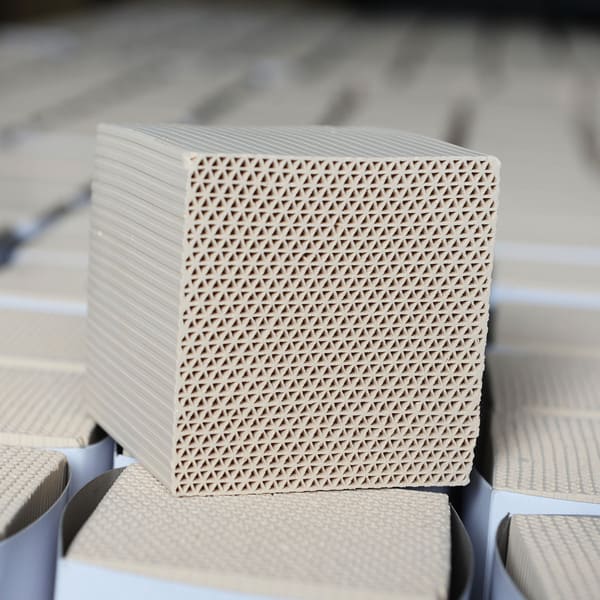
Why Proper Handling of Used Honeycomb Zeolite is Crucial?
How can mishandling used honeycomb zeolite affect the environment? What are the potential health risks involved? Can improper disposal lead to contamination?
Honeycomb zeolite is a material with a high specific surface area and larger pore size, making it effective for adsorbing larger organic molecules and heavy metal ions. However, when it becomes spent, it often contains residual organic matter, solvents, or other harmful substances. Mishandling it can lead to environmental contamination and pose health risks.
1.Safety Protection
Why is it important to wear protective gear when handling used honeycomb zeolite? What type of protective equipment is necessary?
Used honeycomb zeolite must be managed as hazardous waste. During storage and handling, appropriate personal protective equipment (PPE) should be worn to prevent exposure to residual contaminants. This includes:
- Protective gloves: To avoid skin contact with harmful substances.
- Protective glasses: To protect eyes from splashes and dust.
- Protective clothing: To shield the skin and prevent contamination of regular clothing.
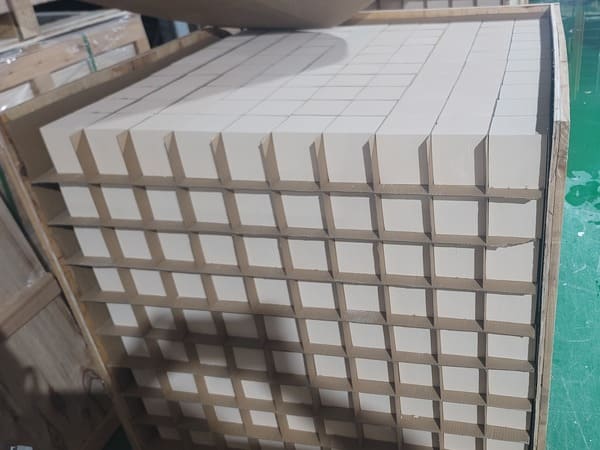
2.Storage Containers
What type of storage containers are suitable for used honeycomb zeolite? How can you ensure these containers are safe and effective?
Using the right storage containers is crucial. Sealed and clearly marked containers should be used to prevent leaks or volatilization of harmful substances. The containers should:
- Be made of materials that can withstand pressure and temperature variations.
- Be labeled with the contents and hazard warnings.
- Ensure containment of any potential leaks.
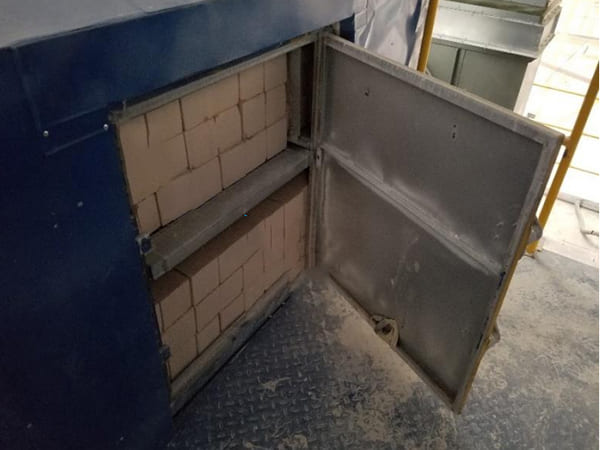
3.Drying Treatment
Why is drying used honeycomb zeolite important? What methods can be used for drying, and what precautions should be taken?
Residual organic matter or solvents in used honeycomb zeolite necessitate drying before further handling or disposal. Drying methods include:
- Natural air drying: Suitable for small quantities and low-risk materials.
- Vacuum drying: Effective for removing solvents without high temperatures.
- Blast drying: Uses heated air to accelerate drying, but temperature control is essential to prevent damage.
4.Waste Gas Treatment
How should waste gases from used honeycomb zeolite be managed? What are the regulatory considerations for waste gas treatment?
Waste gas treatment must adhere to local regulations. Common methods include:
- Landfill: Suitable for solid residues but must be managed to prevent leachate.
- Incineration: Effective for complete destruction of organic contaminants but requires emission controls.
- Chemical treatment: Neutralizes harmful substances before disposal.
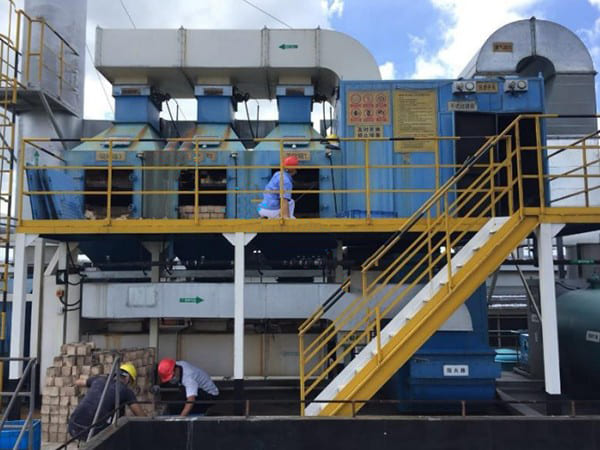
5.Environmental Monitoring
What role does environmental monitoring play in handling used honeycomb zeolite? What tools can be used for monitoring?
Environmental monitoring is essential to detect and mitigate leaks or emissions. Tools such as sensors, detectors, or other monitoring equipment should be employed to measure the concentration of harmful substances in the environment. Regular monitoring ensures early detection of potential risks.
6.Personnel Training
Why is training necessary for personnel handling used honeycomb zeolite? What should this training include?
Personnel involved in the storage and treatment of used honeycomb zeolite must be well-trained. Training should cover:
- Safety and environmental regulations: Understanding legal requirements and best practices.
- Correct operating methods: Ensuring safe handling and storage procedures.
- Emergency response: Preparing for accidental spills or exposures.
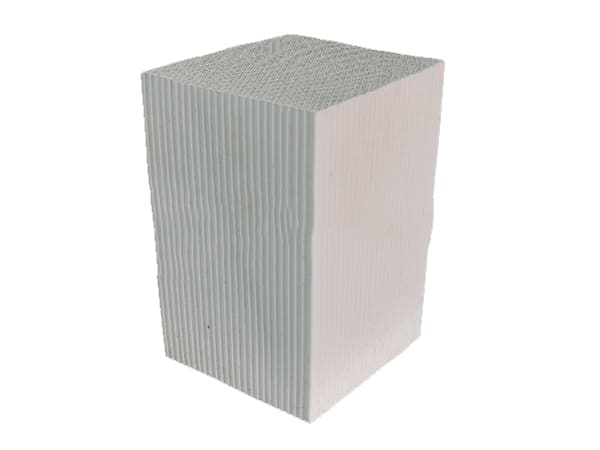
Conclusion
Proper storage and handling of used honeycomb zeolite are crucial for protecting human health and the environment. By following the guidelines for safety protection, using appropriate storage containers, employing effective drying and waste gas treatment methods, conducting environmental monitoring, and ensuring personnel training, we can manage used honeycomb zeolite safely and effectively.
For further information on handling hazardous materials and environmental protection regulations, refer to local guidelines and consult with experts in waste management.


